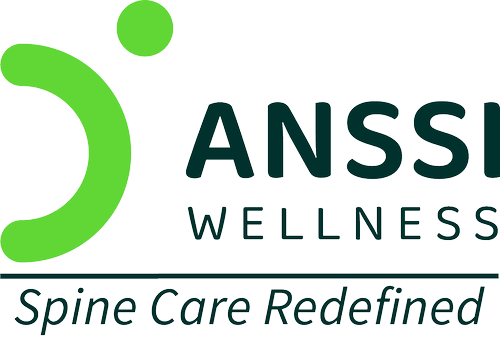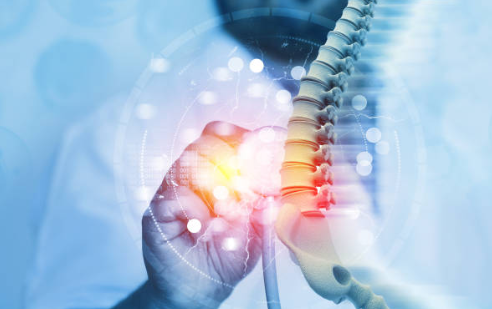You could think that back problems are something that, at worst, begin as soon as you grow old. This couldn’t be further from the truth: according to statistics, back pain is one of the leading health problems in India, with over 200,000 cases per year.
Certain spinal disorders are some of the major causes of back pain. Below are the most frequent spinal disorders and how you can manage the pain from them:
Herniated Disc
The human spinal structure is formed by bony structures termed vertebrae. They can also be discs that serve as ligaments whereby they are circular plates which are sandwiched between each bone.
When a disc becomes herniated, the cushioning has shifted and is now protruding through the casing.Although some herniated discs cause no symptoms, they frequently cause problems with nerves in the spine.
Muscle Strain
Fatigue, stress, and wrong posture/positions can tighten the muscles around the spine. This can lead to pain and stiffness extending from the neck down to the back area. To improve the back muscles, an individual has to exercise and ensure that he/she does not gain excess weight. Before any intense physical exertion, it is also recommended to warm up so as not to have muscle pull.
Scoliosis
Scoliosis is a medical term for a condition characterised by an abnormally curved spine.It can be mild or severe and is actually prevalent in about 9 million people in the United States.
Whiplash
It is a neck injury that may be caused by any sudden jerking or motion of the head. This sudden and awkward movement of the neck can stretch the neck muscles very awkwardly. It can also affect the intervertebral joints, discs, and ligaments in the neck and shoulders.
It is also important to note that after the event or the trauma, many people feel no signs of the condition immediately.
Osteoporosis
Among all spine conditions, osteoporosis is a very frequent problem in elders. It refers to a lower bone density, and the bones in the spine become brittle and damaged, thus leading to fractures, compressed vertebrae, and patients bending forward.
Compression Fracture
This is common in elderly persons and where the bones are frail they develop cracks or what can be termed as hairline fractures in which the vertebrae may be affected. If you have many of these cracks in your spine, that can lead to a compression fracture, or a broken vertebra that’s collapsed.
Osteoarthritis
Many people know arthritis and have always associated it with only affecting the hands and limbs. It is the inflammation of joints, and it can get worse if not treated on time.
Non-surgical solutions for spinal disorders:
Most of the patients were managed with Physical Therapy and Home Exercise Programs, as mentioned:
- Physical activity is the key aspect of managing patients with chronic back pain. Before you undergo spinal injections, manipulation, or other physical therapies, this is one of the initial procedures to consider while working closely with your physician and spine physical therapist.
- Mindfulness and Meditation: It also comorbidly affects the physical and emotional well-being of a patient as chronic back pains are tremendously demanding. You could be prescribed to a rehabilitation psychologist in order to address the frustration, irritability, depression and other psychological impacts of chronic pain that is chronic.
- Diet Change: Certain diets are very inflammatory, especially those containing trans fats, refined sugar and processed foods.
- Lifestyle Modifications: Many chronic back pain can highly be relieved by improving your behaviour and activity with no need to go for drugs or surgery.
- Injection-based Treatments: MSK injection therapies include trigger point injections, epidural steroid injections, nerve blocks, nerve ablations and other kinds of injection therapies for persons with CHP.
- Alternative Treatments: Other nonsurgical spine care includes acupuncture, massage, biofeedback therapies, laser and electrical nerve stimulation therapies, and other treatments for chronic back pain.
- Pharmacologic Treatments: Most medications, including topical, oral, and injectable medications, are prescribed for chronic back pain. Common types include anti-inflammatories, muscle relaxants, nerve affection medications, and even antidepressants.
About ANSSI:
ANSSI Wellness focuses on improving the quality of life for patients suffering from spinal issues, aiming to provide relief where other conventional treatments have failed. Through advanced nonsurgical spinal decompression treatment, ANSSI is committed to helping patients avoid surgery and recover in a safe, effective, and compassionate environment.



